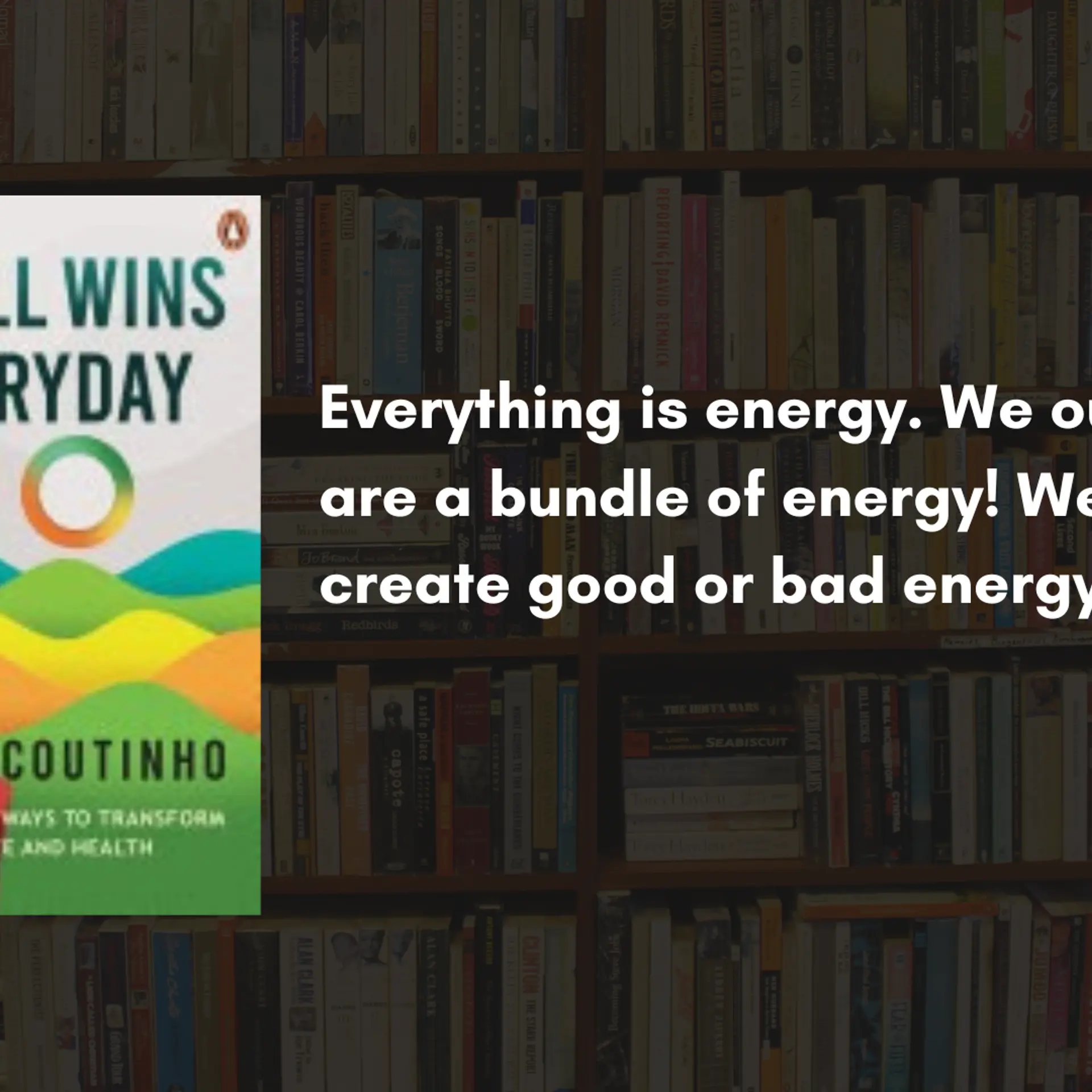Building successful D2C brands beyond metro cities
Metro cities are obvious markets for most consumer brands. Now, startups are proactively tightening their grips on tier-II and tier-III cities.
The principles of building a direct-to-consumer (D2C) brand are straightforward. One, build a product to fulfil necessity and demand. Two, identify target consumers and finally, deploy the right marketing strategies to position the product.
Popular consumer startups have mastered the art of building a scalable D2C brand. They have created product-market fits targetting the urban consumer, and have used social media to enhance reach. But, things have changed over the last few years. several of these startups have been doubling down on untapped, value-rich geography—smaller towns and cities beyond the Big 3 (Mumbai, Delhi, and Bengaluru).
New opportunity on the horizon
“COVID-19 changed the entire landscape,” says Arman Sood, Co-founder of beverage brand . “Consumers in smaller cities like Lucknow, Ahmedabad, Mohali and Jamshedpur started showing interest in our coffee, so we decided to supply to select retail outlets,” he added. Today, close to 45% of the startup’s customers are from outside of metro cities.
The pandemic has certainly opened new avenues for consumers in these parts of the country. Increasing penetration of the internet and rampant use of social media is helping today’s D2C startups reach newer customers. So much so, that these cities have also become thriving hubs for these incubation of startups, with increased funding activity. The geographical spread for startup funding has led to the creation of a Big 8 including Chennai, Hyderabad, Pune, Ahmedabad and Jaipur, as per YourStory Research.
Investments worth $94 million were made in tier-II-based D2C startups between 2019 and August 2022, the research found.
The story is similar to lingerie brand Reliance-backed Clovia. Co-founder Soumya Kant said that has always been a mass-market brand and most of its repeat customers come from tier-II and tier-III markets. “Average order values are 20% higher in these cities compared to metros,” she added. Like Sleepy Owl Coffee, over 65% of Clovia's customer base comes from non-metro cities.
Finding the right price point
“Online shopping has picked up tremendously in tier-II and tier-III markets,” said Dipanjan Basu, partner at investment firm , which has invested in brands like , , and .
According to Basu, establishing a stronger supply chain has also made it easier to pocket higher gross margins for startups. Fireside Ventures has invested in several early-stage D2C startups to date.
The trick is to ascertain the right price points, he says. “The truth is that consumers from non-metro markets can also afford premium products and startups have started realising that they can make for lucrative audiences,” Basu added.
It is clear that Tier-II and Tier-III markets are expanding and are creating fresh opportunities for startups to revamp their strategies. It won’t come as a surprise if these markets become primary the target groups for new D2C startups soon.
Tune in to Brand Residency 2022 in New Delhi on September 9-10 for more such insights from industry experts and leaders.
Edited by Akanksha Sarma








